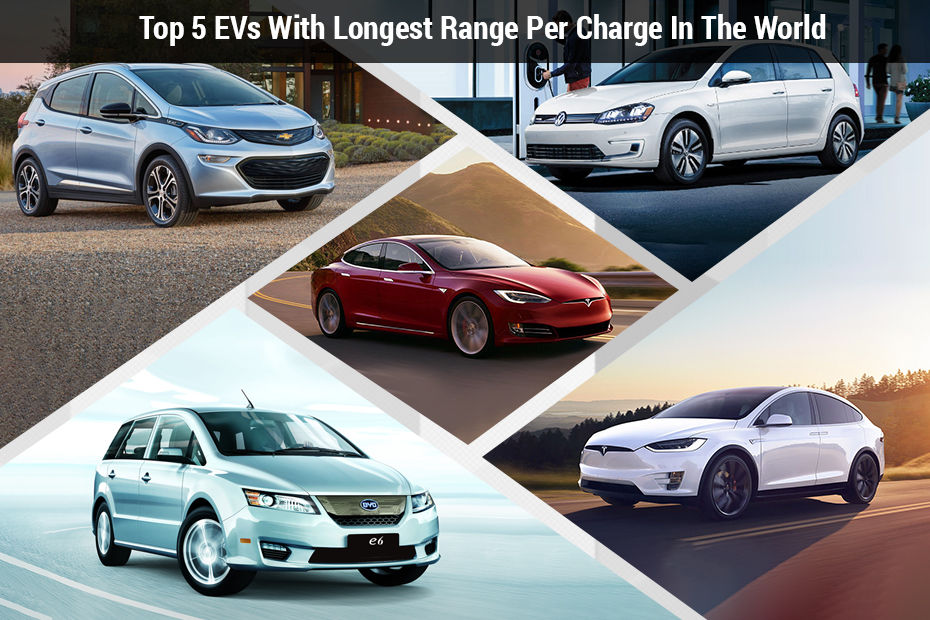10 Tips For Driving Safe In The Fog
Modified On Dec 13, 2016 06:35 PM By Rachit Shad
- 125.5K Views
- Write a comment
A must-follow guide to ensure your safety

Winter is a tricky season to drive on road safely, especially when the visibility is cut-short by a natural phenomena called fog. It is advised that if the visibility is really poor due to fog, you should wait until it improves for a safe drive around. But if you cannot wait and have to be on the move, here are some tips which will come in handy.
Be gentle to start from a standstill:

Road surfaces might become slippery due to fog condensation. Because of the low visibility, it becomes harder to understand the condition of the road. Hence, it is always safe to be gentle on the accelerator when setting off. Additionally, never accelerate or brake mid-corner because of the reduced grip between the tyres and the road.
Double the safe-driving distance with the vehicle in front:

Doubling the distance between yourself and the vehicle in front of you is an easy way to buy time in case you need to execute an emergency braking manoeuvre. Never tailgate vehicles. Remember, it is always better to be safe, than sorry!
Use windshield defogger:

Defoggers in the rear-windshield are equipped in most of the cars these days. Once activated, it helps to wipe out any condensation that has formed due to the difference between ambient temperature and the cabin. For defogging the front windscreen, use the heater of the car and divert warm air towards the front and the side windows. Keep a micro-fibre cloth handy to wipe any unwanted traces that hampers vision through the windows.
Use foglights:

Foglights are designed to be useful in conditions such as fog or misty. Carmakers usually install foglights both for the front and back of the vehicle. They are not installed to improve the illumination for the driver. Instead, they are fixed for other motorists on the road who can see the high-intensity illumination in limited visibility from the front or the back of their vehicle. It helps them proceed with more caution.
Use low-beam on headlights:

The last thing you want while trying to concentrate on driving through a foggy day is glare from an oncoming vehicle with its headlights in high-beam. To ensure everyone’s safety on the road, it is advised that headlights should always be in low-beam, especially on a stretch of road that doesn’t have a divider in between.
Do not stop on the road:

Apart from an event of a car breakdown, one must avoid stopping at the side of a road. If you have to stop, ensure that you pull the car as far away from the road-lanes as possible, wear a high-visibility jacket, turn on the hazard lights and erect the reflector triangle (comes part of the safety kit in most of the cars).
Stay well within the pertaining speed limit:

While you should always stay within the speed-limits defined by the government, it becomes even more vital during times of reduced visibility. Following lane discipline is another key factor to minimize the probability of an accident. It is as the wise say - better late than never.
Use left-side pavement as a guide:

Pavements on the left side of the road can be really helpful when the you can’t see clearly. That means, one should always try and keep their vehicle in the left-most lane of the road, especially on a stretch that doesn’t have a divider. Road-side pavements can be a great guide for drivers struggling to guage turns due to low visibility.
Keep water, eatables and blanket:

In an event of a breakdown where you have to wait for longer periods, one must have some drinking water, a blanket and eatables in the car. During winters, the body doesn’t sweat much. But, to keep the body temperature normal, we burn fat a lot faster. Hence, to ensure that you are able to withstand the cruel climatic conditions while inside your car, you must have something to eat and drink.
Do not use hazard lights while driving:

Using hazard lights while on the move will cause you to give out mixed signals - quite literally. Motorists trailing you have no way of knowing if you will change lanes, since both indicators are switched on. One might also think your vehicle is stationary, causing them to unnecessarily swerve or misjudge.
0 out of 0 found this helpful










